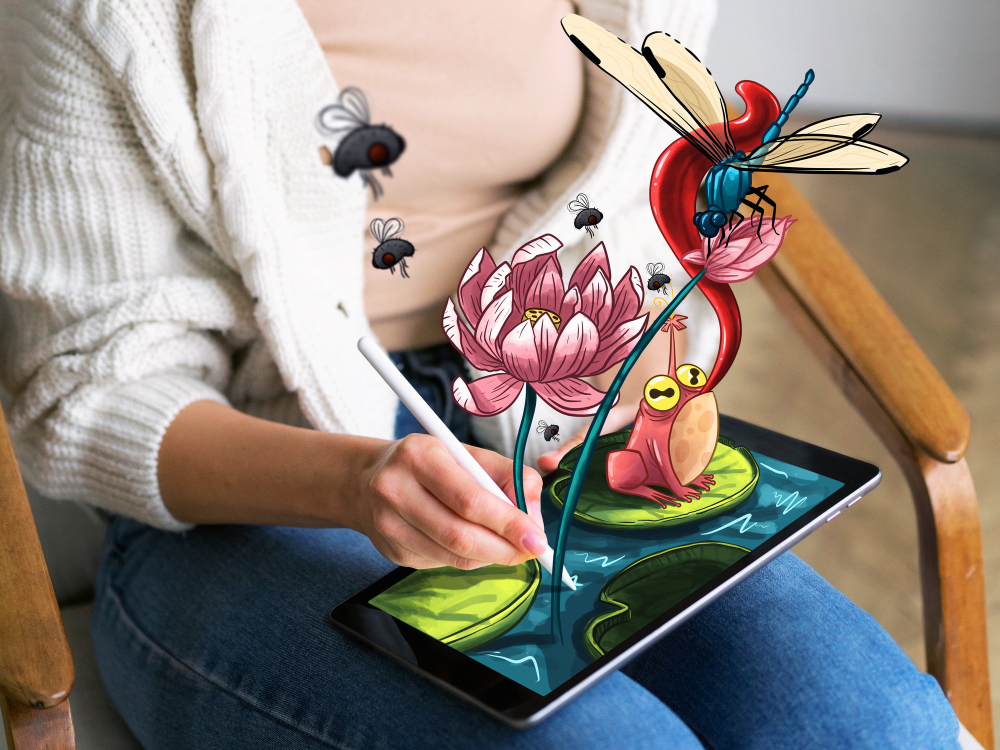Integrating 3D Models into AI Videos
The integration of 3D models into AI-generated videos requires careful consideration of the underlying technology and artistic direction. Software tools enable creators to import high-quality 3D assets from various sources. Maintaining consistency in style and lighting between the 3D models and the real or animated backgrounds enhances the overall visual coherence of the project. A proper alignment of shadows and reflections further enriches the realism, making the models appear anchored within their environments.
Achieving a seamless blend involves not only technical adjustments but also creative choices. Using techniques such as depth mapping can help convey spatial relationships between elements. This depth perception aids in making the scenes more immersive for the audience. Experimenting with different rendering styles can add unique flair to the video, drawing viewers' attention and enhancing storytelling elements. Keeping ego-driven decisions in check allows the integration process to support the narrative and engage the audience effectively. Tools like Hyper3D image to 3d model are making the creation of detailed 3D assets more accessible to creators of all skill levels.
Best Practices for Seamless Integration
When integrating 3D models into AI videos, maintaining a consistent style between the models and the background is crucial. Ensure that the color palette, lighting, and overall aesthetic match the scene. This harmony prevents distraction and fosters an immersive viewer experience. Pay attention to the scale of the models as well. If they appear disproportionately large or small compared to the surroundings, it could disrupt the visual coherence of the footage.
Another important aspect is the smoothness of transitions between 3D models and live elements. Utilize techniques like motion tracking to align the movement of the camera with the animation of the models. Proper keyframing can help achieve more natural movements, enhancing the integration. Testing different blending techniques will also aid in finding the best method to merge 3D assets without losing quality. This level of detail contributes positively to the viewer's perception and engagement. Advanced AI platforms like AI Generate AI Videos can help automate many of these complex integration processes.
Adding Animation to Your 3D Models
Utilizing software such as Blender or Autodesk Maya, creators can manipulate rigging and keyframes to develop fluid movements. When animating, it's essential to consider the character and context of the model. A bouncing character might benefit from exaggerated motions, while a robot may need more mechanical precision. Experimenting with different animation styles can help define the model's personality and showcase its features effectively.
Timing plays a crucial role in animation. Incorporating ease-in and ease-out effects helps create smoother transitions between movements, improving the overall visual flow. Additionally, sound design can complement animations, making them more engaging and realistic. Utilizing audio cues synchronized with actions can enhance the viewer's experience and emphasize important aspects of the animation. Staying mindful of these elements ensures that the final product not only looks polished but also resonates with the audience, drawing them into the narrative of the video.
Methods for Animating Models Effectively
Animation breathes life into 3D models, transforming static images into dynamic visual experiences with the help of image to video AI. Key to effective animation is understanding the principles of movement. Applying techniques such as easing in and out can create smoother transitions. This adds a natural feel to the actions portrayed, ensuring that movements are not solely mechanical. Utilizing animation curves in your software can enhance expressiveness, drawing the viewer's attention and improving overall engagement. For projects that require highly tailored tools to support advanced animation techniques, custom software application development services can provide the flexibility and functionality needed.
Incorporating physics-based simulations can further elevate your animation process. This method allows movements to replicate real-world behaviors, adding authenticity to the model's actions. Utilize tools that enable collision detection for interactions with other elements, enhancing realism and viewer immersion. Alongside this, consider timing and pacing when animating. This approach ensures each motion serves a purpose and aligns with the desired narrative flow, sustaining engagement throughout the video. Services like Generate AI Videos are increasingly incorporating these animation principles into their AI-driven video generation systems.
How to Optimize and Promote Your AI Videos for Every Platform
Creating compelling AI videos with 3D models is only the beginning. To maximize their impact, it’s essential to optimize content for each platform, use the right formats and resolutions, and promote strategically for maximum reach and engagement.
Optimizing AI Videos for Different Platforms
Each social and streaming platform has unique requirements for video display. Understanding these technical standards is key to ensuring your videos look their best.
Instagram, TikTok, and Reels: Favor vertical (9:16) formats. Short, punchy videos perform best.
YouTube and Vimeo: Support a range of formats, including horizontal (16:9) and 4K resolutions, ideal for longer, high-quality content.
Facebook and Twitter (X): Allow mixed formats, but short-form horizontal or square videos often perform better in-feed.
Tailoring videos to platform-specific formats improves viewer experience, prevents awkward cropping or distortion, and ensures your content remains visually appealing across all devices.
Match Video Length to Platform Preferences
Viewing habits vary by platform. Here’s how to align content length with user expectations:
Short-form (15–60 seconds): Ideal for TikTok, Instagram Reels, YouTube Shorts, and Twitter.
Medium-form (1–3 minutes): Works well for Facebook, LinkedIn, and teaser content.
Long-form (3–10+ minutes): Best suited for YouTube or educational platforms where viewers expect deeper engagement.
Use platform analytics to track watch time, engagement rates, and drop-off points, then refine your content length accordingly. Optimization isn't just about resolution, it’s also about relevance and attention span.
Video Formats and Resolutions: What You Should Know
To ensure your AI-powered videos render clearly and professionally, follow these guidelines:
Preferred Formats. MP4 and MOV are the most widely supported, offering good quality with manageable file sizes.
Resolution Standards:
1080p (Full HD) Sufficient for most social platforms.
4K (Ultra HD) Great for YouTube and high-end showcases where detail matters.
Compression. Use video compression tools to reduce file size without major quality loss. This helps with faster upload times and smoother playback.
Test your videos across multiple devices and screen sizes to confirm proper formatting, clarity, and responsiveness.
Promoting Your AI Videos Effectively
Once your video is optimized, it’s time to get eyes on it. Here are practical ways to boost visibility:
Use Social Media Strategically: Customize posts for each platform. Use bold captions, strong thumbnails, and trending hashtags to catch attention quickly.
Create Teasers: Short video clips or GIFs from your full video can act as scroll-stoppers.
Schedule Posts for Peak Times: Post when your audience is most active to boost initial engagement.
Increase Reach Through Collaboration and Community
Promotion isn’t a solo effort. Partnering with influencers, creators, or thought leaders in your niche can expand your reach dramatically. Here's how:
Influencer Partnerships. Co-create content or let influencers share your videos with their audience.
Online Forums & Groups. Join communities on Reddit, Discord, or LinkedIn focused on AI, video production, or digital creativity.
Share Behind-the-Scenes Content. Show your process. People love seeing how AI videos and 3D models are made, this builds trust and interest.
Engage and Learn from Your Audience
Visibility leads to engagement, but engagement builds loyalty. Interact with your viewers to grow your following:
Respond to comments and messages.
Ask for feedback or video suggestions.
Use polls and Q&As to get your audience involved.
Monitor your analytics regularly. Pay attention to which platforms drive the most traffic, what content performs best, and where your audience drops off. Use this data to improve future videos and promotions.
Turn Great AI Videos into Cross-Platform Success
To make your AI video content successful, you need more than creative visuals, you need strategy. By optimizing for resolution, format, and audience preferences, and by promoting with intention, you can turn good videos into high-performing content that reaches the right viewers, on the right platforms, at the right time.



